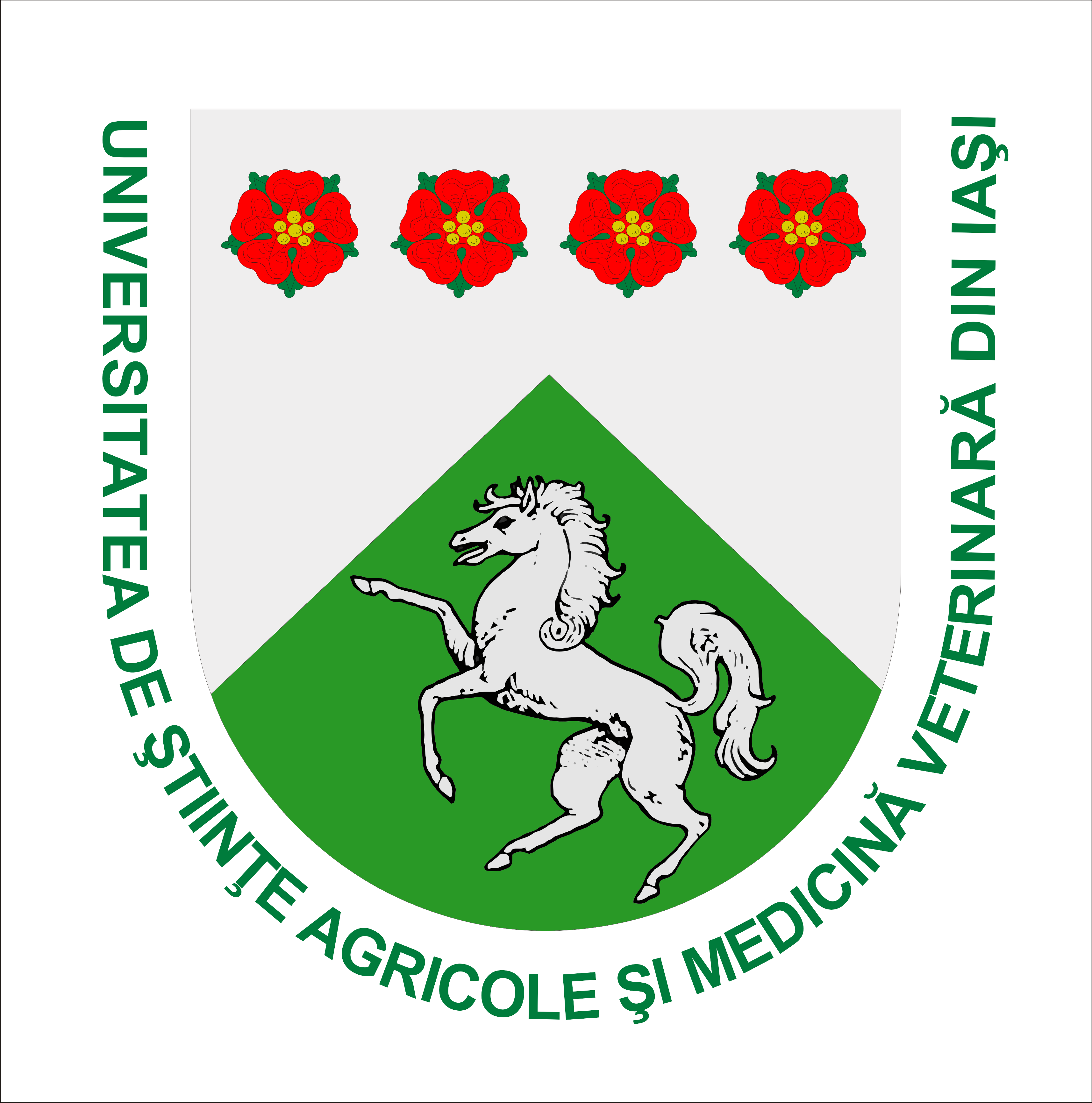PROJECT RESULTS
The database for evaluating the Budureasca site was developed using the following methods and resources:
- Digital Elevation Model of the area and primary derived information layers (slope inclination, slope exposure, potential solar radiation, astronomical sunshine duration);
- Climatic data taken from the ECAD (European Climate Assessment & Dataset, https://www.ecad.eu/) (daily temperatures and rainfall) database and from the ROCADA (Dumitrescu & Bîrsan, 2015) database (duration sunshine of the Sun) for the meteorological station Buzău;
- Pedological data taken from agrochemical studies performed by OJSPA Ploiesti at 1: 5000 scale;
- Vector spatial data and attribute attributes related to the Budureasca plantation (planting limit, parcels of different varieties) taken from Google Earth embedded satellite imagery and planting documents.
In order to evaluate the viticultural potential of the Budureasca - Gura Vadului - Vadu Săpat area, a methodology developed at the University of Agricultural Sciences and Veterinary Medicine Iaşi (Irimia et al., 2014) was used. The methodology underlying the assessment of the Budureasca area's viticultural potential is widely presented in Irimia et al. (2014) - https://oeno-one.eu/article/view/1576
- Average annual temperature (AAT). In the Budureasca-Gura Vaii-Vadu Sapata wine-growing area, the annual average temperature varies between 10.26 ° C in the high zone and 11.31 ° C in the low area, with an average of 10.91 ° C (Fig. 4). The average is at the upper limit of the suitability for obtaining quality wines, while the maximum (11.31 ° C) exceeds, this high value being actually a consequence of the cimatic heating period. The multiannual average for Muntenia and Oltenia Hills is 10.2 ° C (for the period 1950-1990, unaffected by climate change), with an interval of 9.6 ... 10.8 ° C. It follows that on the background of climate change, started in the 1980s, the AAT average has increased. Taking into account the impact of high temperatures on the vine, this increase will influence the development of the phenophases and the compositional characteristics of the grapes.
Regarding the suitability for the wine production, the average annual temperature for the evaluated area is favorable for the production of quality red wines (Figure 1).

Figure 1 - Continuous distribution of annual average temperature in the area - Precipitation during the growing season. For the economic crop of vines, the volume of precipitation during the growing season should be between 250 and 390 mm. Both excess and moisture deficiency negatively influence vine growth, resistance to disease and low temperature, differentiation of fruit buds, quantity and quality of production. The abundance of precipitations leads to the vigorous growth of shoots, the fall of flowers, grain cutting, increased sensitivity to cryptogamic disease attack, late grape maturation, poor wood grain maturity and poor resistance to frost. The quality of the grapes obtained in conditions of excessive humidity is low: the grains are poorly colored, have high acidity, low sugar content and aromatic compounds.
Precipitation in the Budureasca area is between 372 and 412 mm, with a 387 mm multi-annual average (Figure 2). From the point of view of suitability for the wine production, 62% of the area (192 ha), from the low area up to about 250 m altitude, the precipitations are in optimal volume for the production of quality red wines; over 250 m altitude, rainfall falls within Class III - suitability for white wines .

Figure 2 - Spatial distribution of precipitation in the Budureasca area - The slope inclination influences cold air drainage (Geiger, 1966) and the angle of incidence of solar radiation (Becker, 1985). The optimal gradient slope for vine cultivation is 8-15% (Boyer and Wolf, 1998; Jones et al., 2004). Plane and land less than 8% terrains have poor drainage of cold air and retain water from precipitation, providing large but low-quality production..
In the Budureasca vineyard, the slope of the land varies between 0 and 39.5% (Figure 3).

Figure 3 - The spatial distribution of the slope in the Budureasca area


